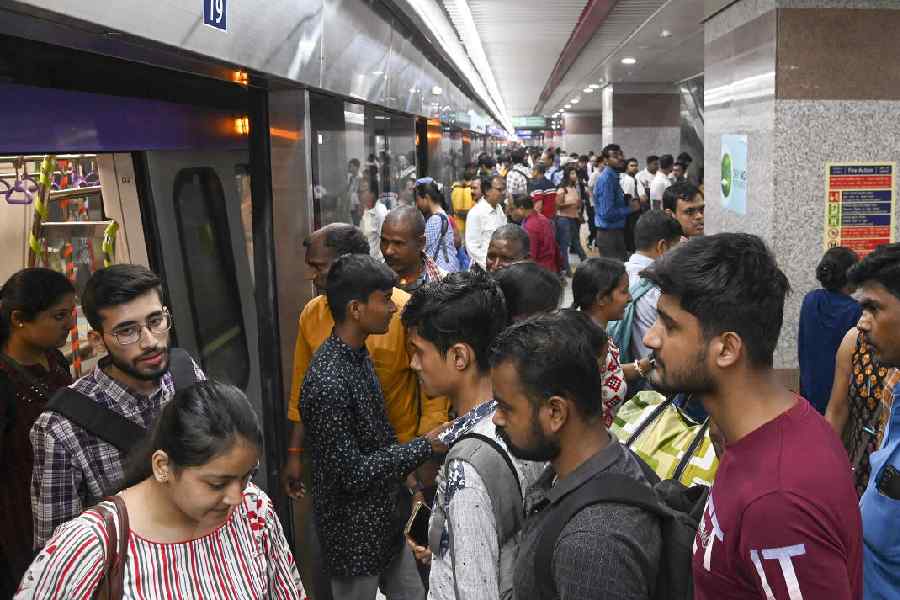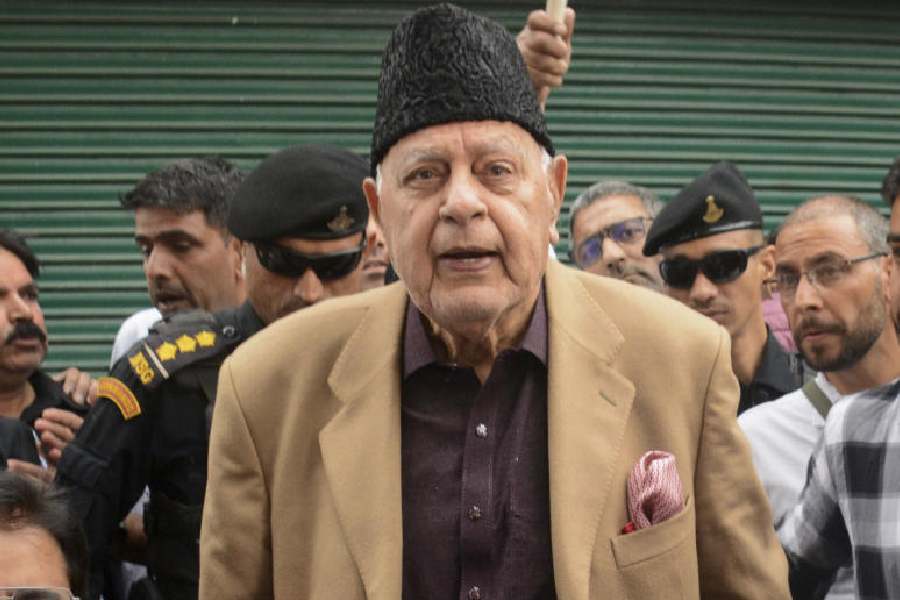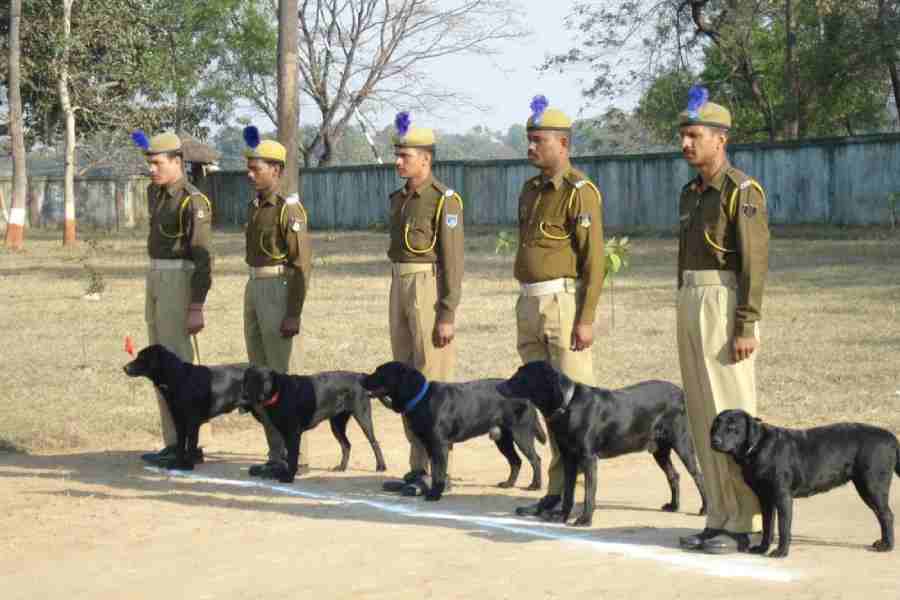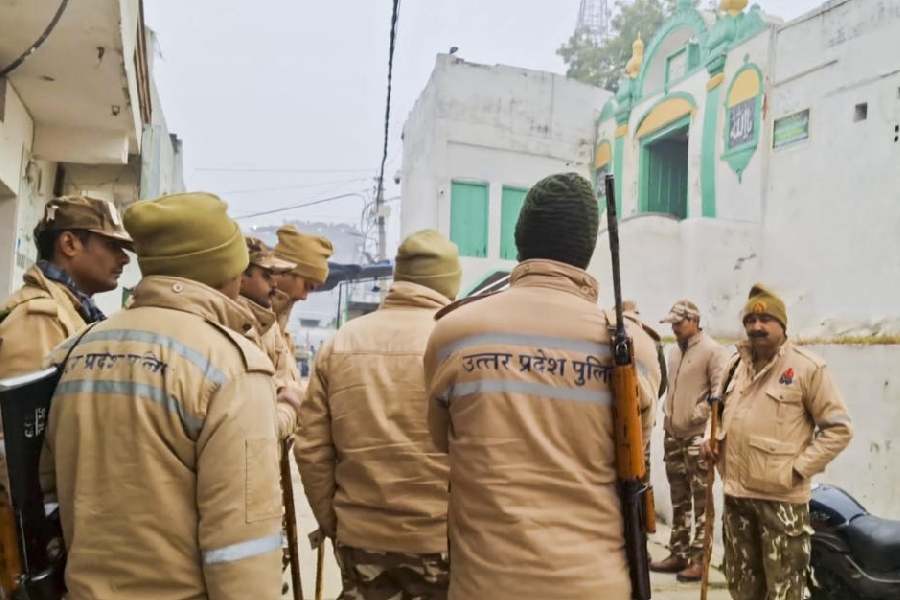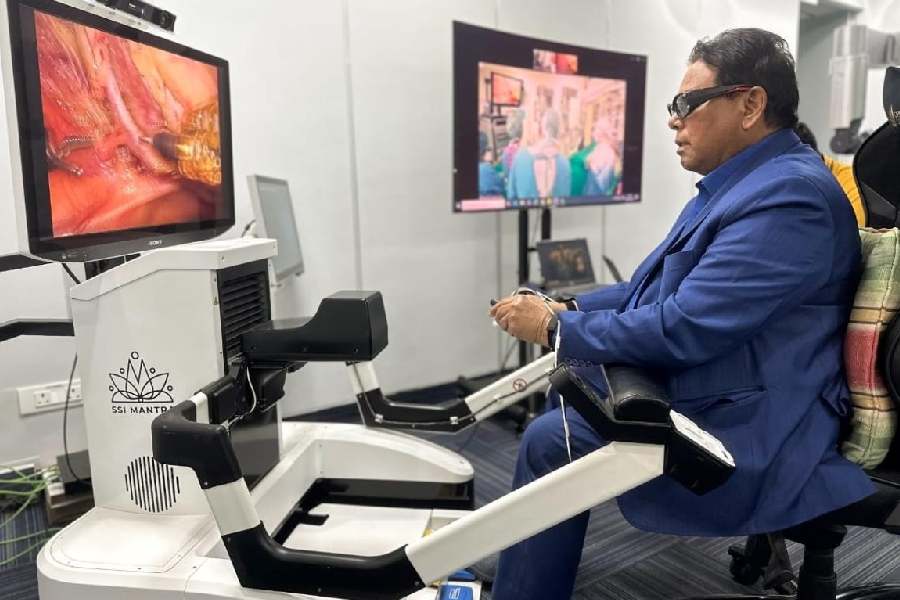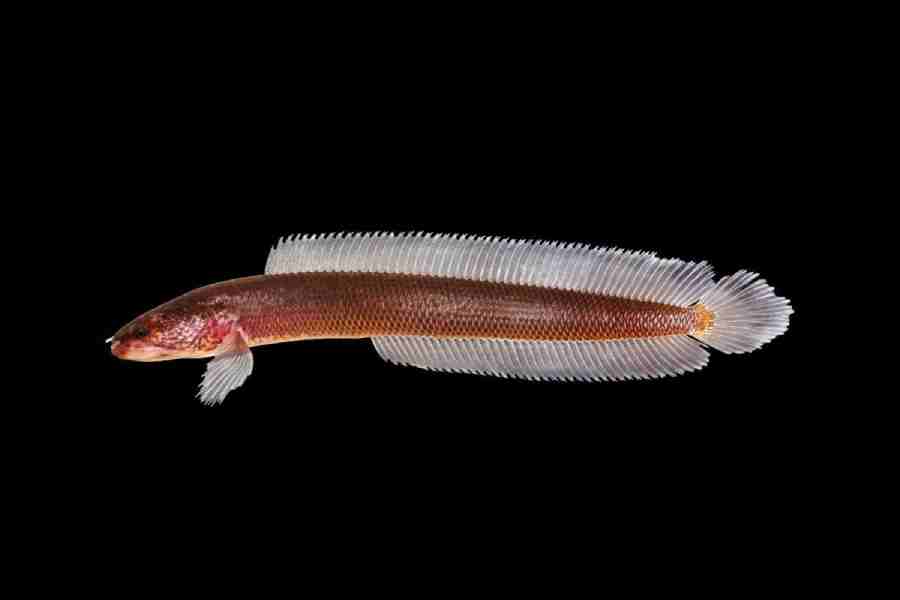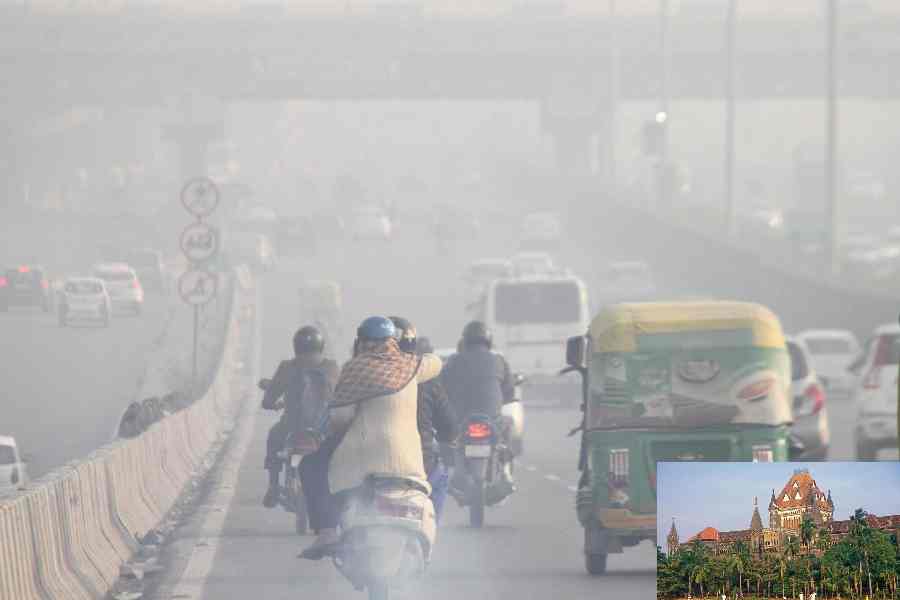As the country's first under-river metro train operations started in Calcutta, project experts recounted some unforeseen challenges faced during its construction and the role that two specially-designed German-made tunnel boring machines played to overcome them.
Prime Minister Narendra Modi inaugurated the 4.8-km-long underground stretch on March 6 and commercial operations on it began on March 15. The stretch, part of the 16.6-km East-West Metro Corridor, connects Calcutta with Howrah through a tunnel that runs 13 metres below the Hooghly river bed, or 38 metres below the ground level.
Afcons Infrastructure Limited, which won the contract for India's first under-river metro tunnel through an international bidding in 2010, said the tunnel boring machines (TBMs) and their backup facilities, costing about Rs 140 crore and weighing more than 550 tonnes, were unique in many ways and made a huge contribution in the construction.
"The soil of Kolkata and Howrah is very treacherous and unpredictable. It is because the Hooghly river, which is now concentrated to a particular path, had a bigger presence in the city in the past so even today there are underground narrow channels and aquifers spread all across the city with connection to the river," Tamal Biswas, Project Manager, Afcons Infrastructure Limited, said.
"A team of experts studied the soil conditions and other factors before placing an order to a German firm to manufacture two TBMs with several special features specific to the project requirements. We found that it was safe to move the TBMs 31 metres to 39 metres under the river portion. Throughout the alignment, the depth of tunnelling is maintained as 16m to 39m." Besides, Afcons also collaborated with Russian, South African and European engineers who had expertise to construct under-river tunnels.
"In the initial period, we recruited three to four foreign experts to understand the concept of tunnel because we were new to this field," another expert associated with the project said.
In the normal course of underground tunnelling, the boring machine starts from one underground station and keeps boring to the other station. Then it is taken out, serviced properly and again placed down to resume boring up to the next station.
"In our case, the TBMs were put down 16 metres below the ground at Howrah Maidan metro station and it kept moving underground a distance of 4.8 km covering three stations Howrah (at 30m depth), Mahakaran (at 24m depth) and Esplanade (at 28m depth) without being taken out because these stations were not ready by that time," the expert said.
According to an Afcons official, the TBM had another special feature allowing it to be converted into a submarine in case the river water entered the tunnel and flooded it.
"This would have saved the lives of people working in the tunnel as well as protect the tunnel structure already built," the official said.
Afcons officials fondly remembered an engineer whose sudden death in a road accident before the start of the construction emotionally motivated them to name the TBMs after his two daughters - Prerna and Rachna.
"We bought these two TBMs in June 2011 but they were lying idle till 2016 as there was no work happening due to various issues and pending finalisation of alignment. In 2015, almost a year before the construction work started, we lost one of our engineers, Bimal Saha, in a road accident when he was on his way to the office," Biswas said.
"The incident saddened the whole team. He was a dedicated person and a very sincere official so to pay a tribute to him, we decided to name these two TBMs after his daughters - Prerna and Rachna." According to Biswas, the TBMs' particulars were so unique and specific to the East-West Metro Corridor that they could not be used in any other underground metro tunnel work going on at several cities in the country without extensive refurbishment.
"So, we gave them back to the manufacturer as iron scrap. But we have kept a model in our office as a memorabilia," Biswas said.
A 9.4-km stretch from Salt Lake Sector 5 to Sealdah Junction of the East-West Metro Corridor was already operational. Considering the ongoing construction between Sealdah and Esplanade Station ( about 2.4 km underground stretch), the competent authority decided to open the 4.8-km underground stretch from Howrah Maidan to Esplanade under the river Hooghly as a truncated service.
Except for the headline, this story has not been edited by The Telegraph Online staff and has been published from a syndicated feed.

